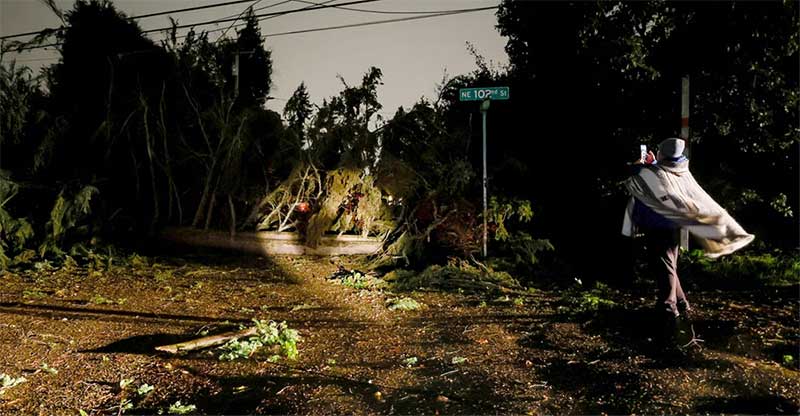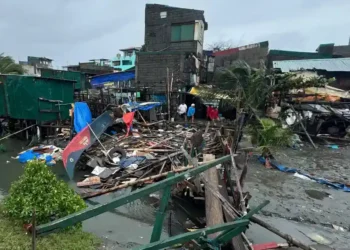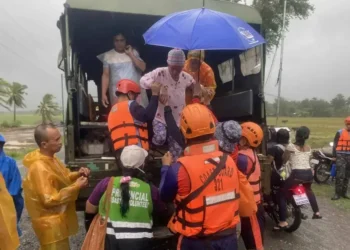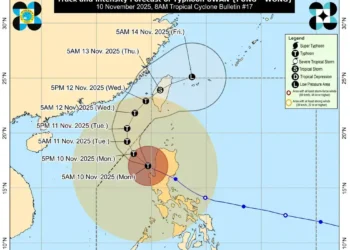Deadly ‘Bomb Cyclone’ Hits Washington State, Leaving Destruction and Power Outages
A powerful “bomb cyclone” struck Washington state on Tuesday evening, leaving one person dead, hundreds of thousands without power, and widespread damage in its wake. The storm, one of the strongest in years, brought torrential rain, fierce winds, and hazardous conditions to the Pacific Northwest, including Washington, Oregon, Idaho, and parts of Northern California.
Key Impacts of the Storm
- Fatal Incident in Lynnwood
- A woman tragically lost her life when a large tree fell on a homeless encampment in Lynnwood, according to South County Fire.
- Widespread Power Outages
- Nearly 710,000 homes and businesses in Washington were without power as of Wednesday morning.
- King and Snohomish counties were among the hardest-hit areas.
- Downed Trees and Damaged Infrastructure
- Winds toppled trees onto homes, vehicles, and power lines, leaving roads strewn with debris.
- In Seattle, emergency crews rescued a person trapped in a vehicle after a tree fell on it.
- Disrupted Services and Safety Concerns
- Residents were advised to stay home as emergency services dealt with blocked roads and dangerous conditions.
- Ferry services between Port Townsend and Coupeville were suspended due to rough seas and high winds.
Storm Characteristics
- What is a Bomb Cyclone?
The storm is classified as a “bomb cyclone,” a rapidly intensifying system caused by a dramatic drop in atmospheric pressure. It also brought a strong atmospheric river—a narrow band of concentrated moisture—fueling heavy rainfall and winds. - Wind and Weather Conditions
- Wind gusts reached up to 65 mph in parts of Washington, while off the coast of Vancouver Island, speeds peaked at 101 mph late Tuesday.
- Heavy snowfall in mountain passes created near-blizzard conditions, making travel treacherous.
Government and Emergency Responses
- Local Advisories
Snohomish Regional Fire and Rescue warned residents to stay indoors, posting images of debris-covered roads and downed power lines on social media. - Communication Challenges
- The National Weather Service’s Seattle office experienced radio transmission failures during the storm.
- The U.S. Coast Guard in Puget Sound reported disruptions to phone, radio, and internet services.
Storm Outlook
The storm reached its peak intensity on Wednesday and is expected to weaken as it moves over the Cascades and into Northern California and southwest Oregon by Friday. Officials continue to monitor the situation, urging residents to exercise caution and prioritize safety.
This storm underscores the power of nature and the importance of preparation during extreme weather events. Stay informed, and heed local advisories to ensure safety during severe conditions.
This article was rewritten by JournosNews.com based on verified reporting from trusted sources. The content has been independently reviewed, fact-checked, and edited for accuracy, neutrality, tone, and global readability in accordance with Google News and AdSense standards.
All opinions, quotes, or statements from contributors, experts, or sourced organizations do not necessarily reflect the views of JournosNews.com. JournosNews.com maintains full editorial independence from any external funders, sponsors, or organizations.
Stay informed with JournosNews.com — your trusted source for verified global reporting and in-depth analysis. Follow us on Google News, BlueSky, and X for real-time updates.













